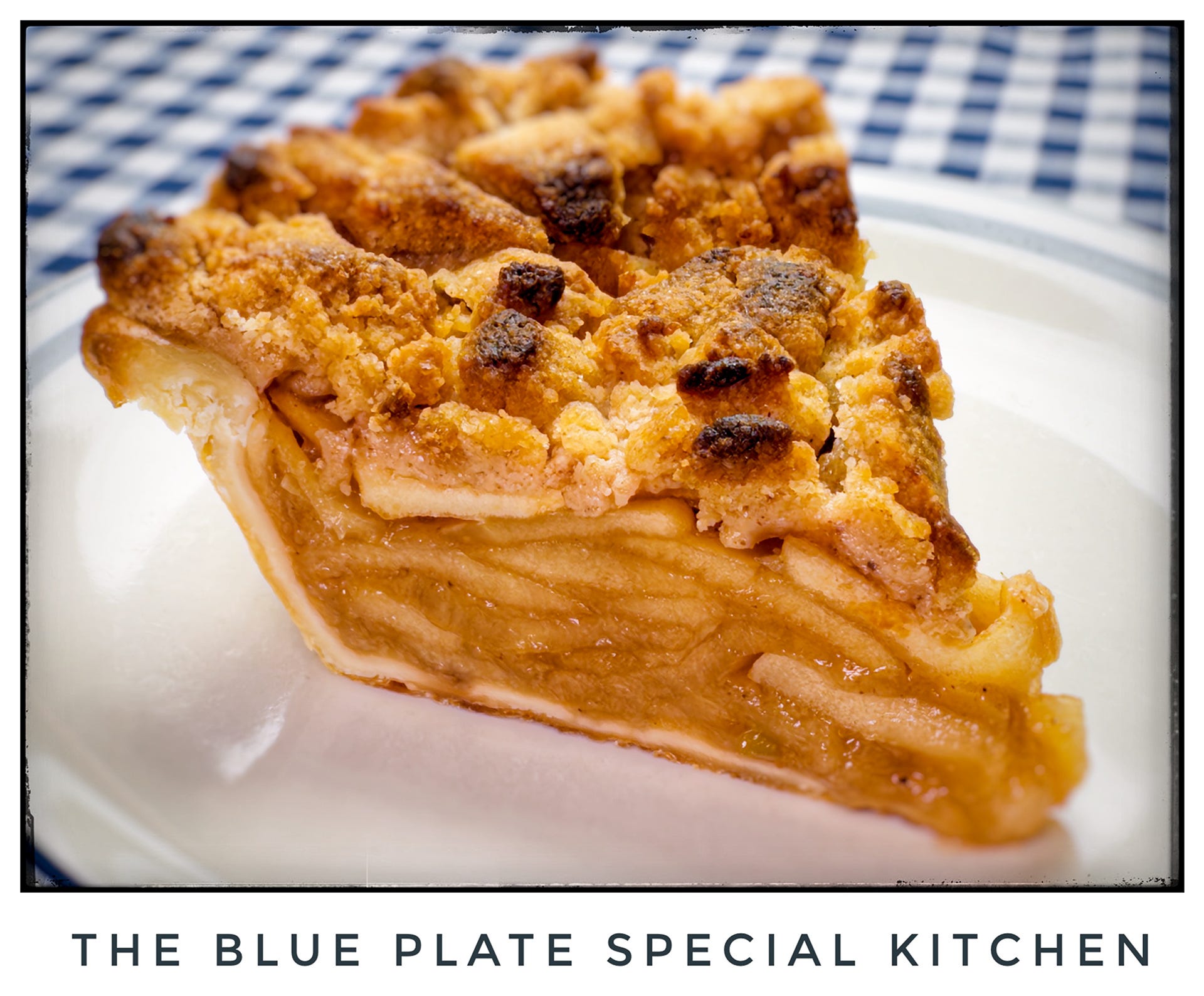If It's Fall It's Time For Apple Pie - A Food Review. Children Rally For Schools At City Hall. And, The Green Grape Report.
If you’ve been a regular reader of Monday’s food reviews, then you know that my favorite pie is Drunken Aunt Vivian’s Pecan Pie. The closest I’ve come to that delight was the pecan pie from Ohio’s Pies I bought at the Saturday Farmers Market. If Ohio’s Pies had a Key Lime Pie, I would have also bought it and compared it with Aunt Vivian’s. I don’t think…
Keep reading with a 7-day free trial
Subscribe to The Westerville News to keep reading this post and get 7 days of free access to the full post archives.


